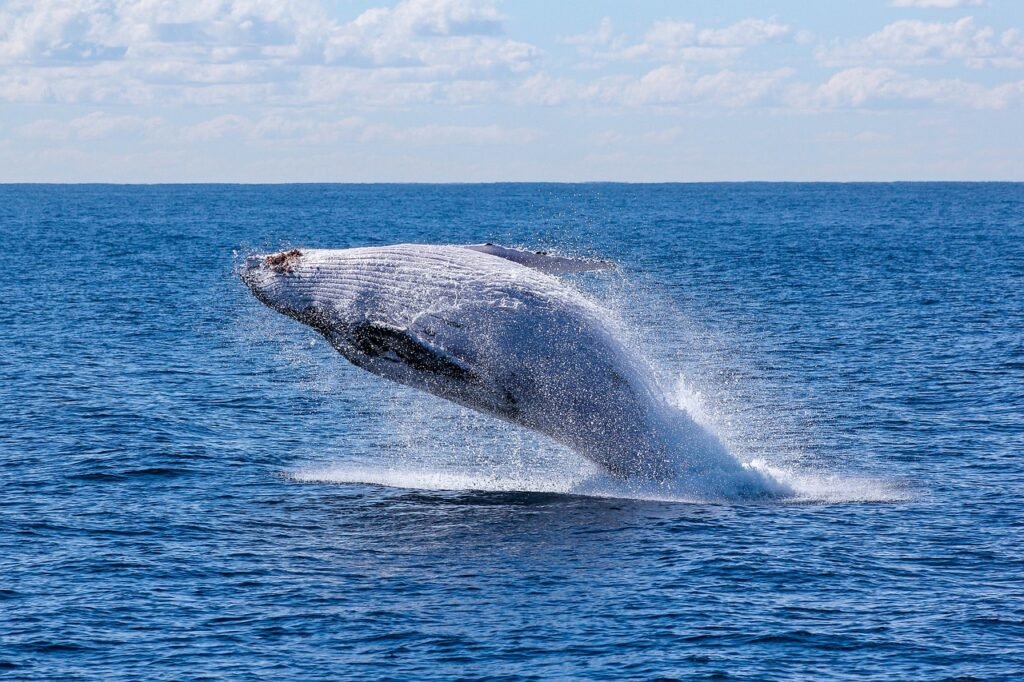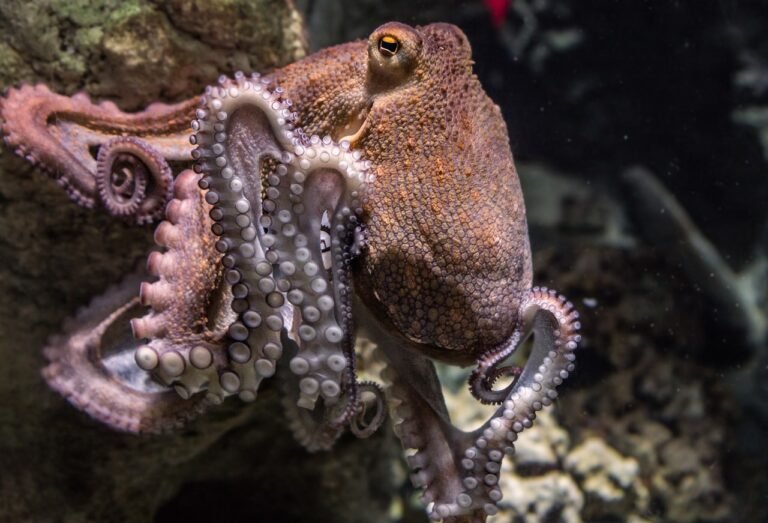
There’s something inherently fascinating about the largest creatures on our planet. Their sheer size captures our imagination, evoking awe and curiosity. These massive animals play crucial roles in their ecosystems, often serving as keystone species that help maintain the balance of their habitats. Understanding the heaviest living animals can give us insights into biodiversity, evolutionary biology, and the health of our environment.
Interestingly, the largest and heaviest living animals are all whales, showcasing the remarkable adaptability and dominance of these marine giants. While the African bush elephant holds the title of the largest living land animal, it is the whales that truly dominate in terms of sheer mass.
From the depths of the oceans to the vast savannas of Africa, the world’s heaviest animals come in various shapes and sizes. Each of these giants has adapted uniquely to its environment, showcasing the incredible diversity of life on Earth. Let’s take a closer look at the five largest and heaviest living animals, exploring their impressive dimensions, habitats, and intriguing characteristics.
1. Blue Whale
Topping the list as the heaviest living animal is the blue whale. These magnificent marine mammals can weigh up to 200 tons and reach lengths of over 100 feet. Found in oceans worldwide, blue whales migrate long distances between feeding grounds in cold waters and breeding grounds in warmer regions. They primarily consume krill, with an adult blue whale capable of eating up to 4 tons of these tiny crustaceans each day. Despite their enormous size, blue whales are known for their gentle nature and hauntingly beautiful songs that can travel across vast ocean distances. Efforts to protect blue whales from whaling and environmental threats are crucial to preserving their populations.
2. North Pacific Right Whale
Ranking second is the North Pacific right whale. These whales can weigh up to 120 tons and grow to lengths of around 60 feet. Once widespread across the North Pacific, their populations have been severely reduced due to historical whaling. Now critically endangered, North Pacific right whales are mostly found in small, isolated populations. They are known for their distinctive callosities on their heads and for their slow, graceful swimming. Conservation efforts focus on habitat protection and minimizing ship strikes and entanglements in fishing gear.
3. Southern Right Whale
The southern right whale takes the third spot. These large baleen whales can weigh up to 110 tons and reach lengths of 55 feet. They inhabit the Southern Hemisphere’s oceans, particularly around South Africa, Argentina, and Australia. Southern right whales are known for their curious and approachable nature, often seen close to shore during their breeding season. Key initiatives to protect these whales include enforcing whaling bans and monitoring their populations through aerial surveys and photo identification.
4. Fin Whale
Close behind, the fin whale ranks fourth. Also known as the “greyhound of the sea” due to their speed, these whales can weigh up to 80 tons and grow to lengths of 85 feet. Fin whales are found in oceans worldwide, preferring deep offshore waters. They are known for their slender bodies and unique asymmetrical coloration on their heads. Conservation measures for fin whales include international whaling regulations and efforts to mitigate the impacts of ship strikes and ocean noise pollution on their populations.
5. Bowhead Whale
Rounding out the top five is the bowhead whale, the longest-lived mammal, with some individuals reaching over 200 years old. Bowhead whales can weigh up to 75 tons and grow to lengths of 60 feet. They inhabit the Arctic and sub-Arctic waters, adapting to life in icy conditions with their thick blubber and bow-shaped heads, which help them break through sea ice. Bowhead whales are important to indigenous cultures, and conservation efforts focus on sustainable subsistence hunting practices and protecting their critical habitats from industrial activities.
Wrapping up:
In conclusion, these heaviest living animals are not only awe-inspiring due to their size but also vital to the health and balance of their ecosystems. They remind us of the incredible diversity of life on our planet and the importance of conservation efforts to protect these magnificent creatures and their habitats. What are your thoughts on these giants of the animal kingdom? Have you had any personal experiences with these or other large animals?


